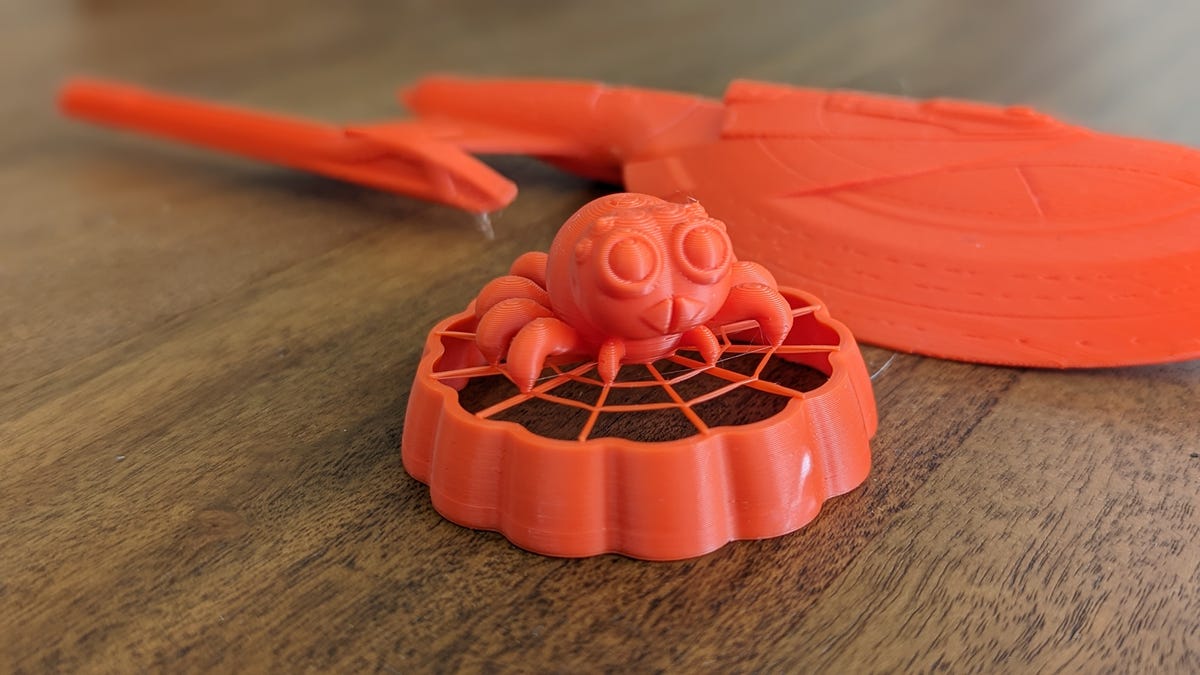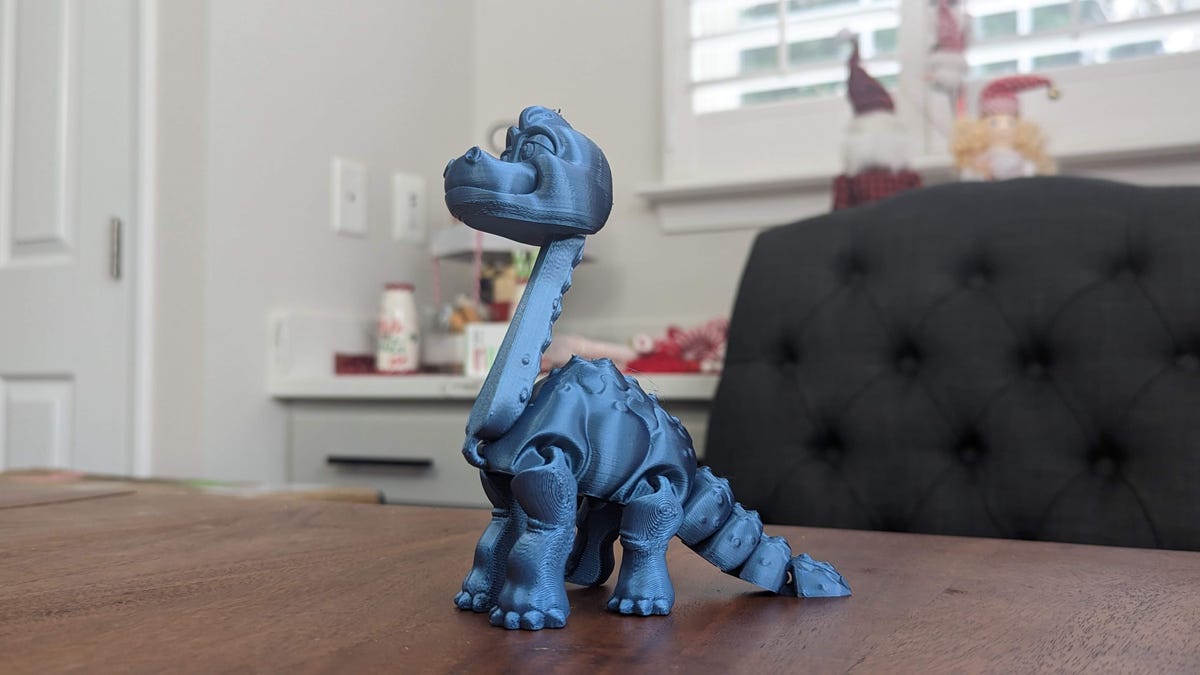The new Ender 5 S1 3D printer from Creality isn’t able to take advantage of the many great advances in 3D printing hardware or software. Although it’s a good printer, I needed more to make it stand out.
Like
- Stable physical design
- Speedy printing
- Prints of high quality
Do not like
- You will need to do a lot of leveling
- Lackluster design
The $579 Ender5 S1 looks great at first glance. Based on the Ender 5 original from 2019, the S1 upgrades nearly every piece of hardware to make the process faster and more accurate. If you look closely, however, you will see that many of the features are quite middle-ofthe-road.
Creality Ender 5 – S1
| Build volume | 220x220x280mm |
|---|---|
| Hot end | All metal |
| Type Extruder | Direct Drive |
| Nozzle diameter | 0.04mm |
| Max temperature for the nozzle | 300C |
| Maximum temperature for a plate | 110C |
| Maximum speed | ~ 250mm/s |
| Supported material | PLA, PETG ABS, TPU ABS, TPU, ASA and HIPS |
| Auto bed leveling | Hybrid (CRtouch/Manual Wheels) |
| Sensor for filament runout | Yes |
| Storage | SD card |
| Slicer | Prusaslicer and Creality Slicer. Cura |
This 3D printer has excellent build quality, just like the Ender line. Each part feels and looks well-made. The built-in handles make it easy to pick up, indicating a robustness you won’t find in cheaper models. CoreXY machines are more stable than the Ender 3. The bed moves up and downwards, instead of in and out.
The S1 can handle many different materials thanks to its all-metal hot-end and direct-drive extruder. The extruder is direct-drive, making it very easy to print with TPU (a flexible filament from which you can make rubbery phone case covers). Additionally, the all-metal hot ends allow high-temperature filaments like PETG and ABS to be printed. High temperatures can cause damage to the tube of a standard hot-end, and this tube would need to be replaced after printing PETG/ABS for long periods.

James Bricknell/CNET
The Ender 5 S1’s print quality is remarkable considering the printer’s speed, which is much faster than other similar printers. Although it claims it can print at 250 mm per second, this doesn’t necessarily tell the whole story. The slicer limits the print speed to maintain high quality. Millimeters per sec is used to measure the speed of the print head while it is printing and when no material has been extruded. This number is an abstract number that is based on factory defaults and may not be accurate once the printer arrives at your home.
To test the Ender 5 S1, I used an E3D spider test print. This test prints overhangs and bridges, both of which are notoriously difficult at high speeds. The Prusa Mk3s took approximately 1 hour and 30 minutes to print this file, which is a reasonable time for one of these files. The best 3D printers Right now. Creality’s slicer software, which comes with the Ender 5 S1, estimates that the same print will take 1 hour, 9 mins. It should print at 250 mm/s, which is three times faster than the Prusa. But it’s not. The AnkerMake M5 boasts a 250 mm/s print speed and estimates that the same model can be printed in 22 minutes. The Ender 5 S1 printer is quicker than most, but it’s not as fast as what the spec sheet claims.

James Bricknell/CNET
It’s not a bad idea to limit speed. 3D printers must balance speed and quality. This printer is extremely capable of producing high quality prints even using stock settings. CNET’s test print did not show any signs of stringing. This surprised me. Stringing is when the plastic has not had enough time to cool between layers. It oozes out into strings. This can happen when printers are too fast. However, the Ender 5 S1 was able to print the entire test print flawlessly.
Fotis mint dragons, a bone skeletal hand, and lobsters were some of the models I printed. They all turned out great. This FlexiFactory dinosaur looks great, and all of his articulation works as it’s supposed to, though it did take me several attempts to get the first layer to stick correctly.

James Bricknell/CNET
The Ender 5 S1 is also equipped with advanced features like a filament runout sensor, power-off detection, and a self-leveling system.
Auto-leveling has a manual component and requires bed adjustment by using spring-loaded height adjustment wheel underneath. The 3D printer’s bed can become unstable after several prints. It may seem small to not have to keep releveling but it can lead to printing failures or materials being lost. This is also contrary to the whole purpose of auto-leveling which removes human error.
I would have been shocked if the Ender 5 S1 had arrived a year ago. It was also $100 cheaper. However, in a year where we see a lot more innovation in quality and features, the Ender 5 S1 doesn’t seem to be a standout. You can get it for as low as $450, but you have better printers available, such the $569. Anycubic Kobra Max The $799 printer, which is a true auto-leveling printer and has a large print size. AnkerMake Model M5The current Ender 5 S1 price is $579.